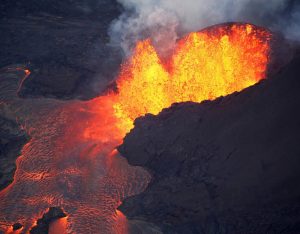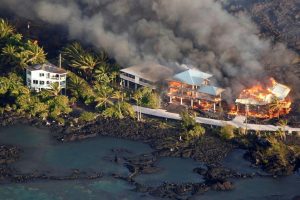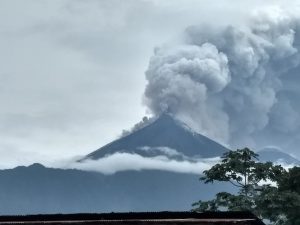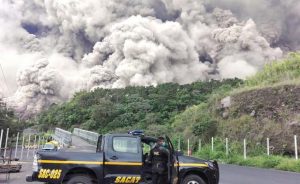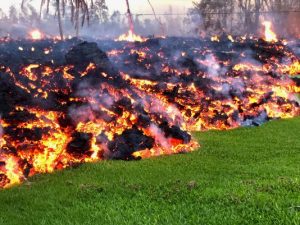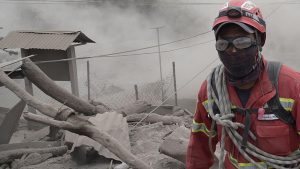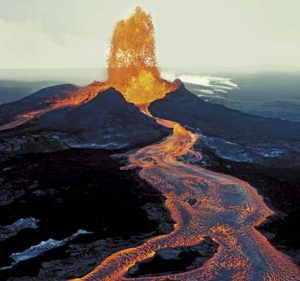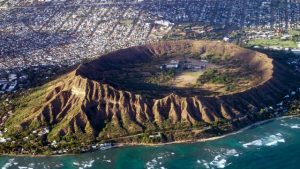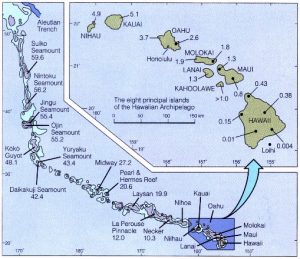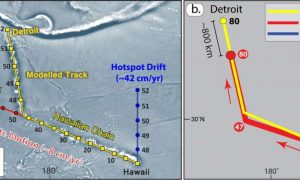The island nation of Indonesia is generally considered to be the most volcanically active country in the world. Lying right on the so-called ‘Ring of Fire’ the nation is dotted with some 130 known active volcanoes. Probably the most famous of Indonesia’s volcanoes is Krakatao, a name that has almost become a byword for volcanic destruction. See image below.
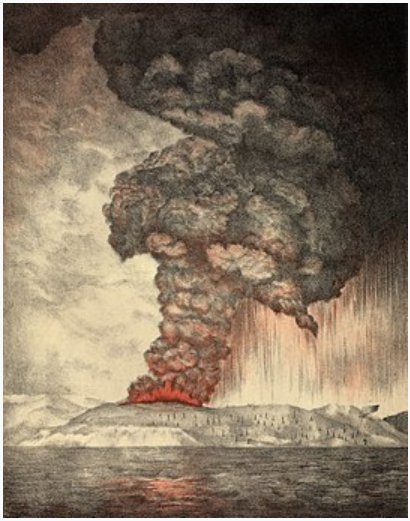
For thousands of years the Krakatoa volcano sat on a small, uninhabited island between the much larger, and heavily populated islands of Java and Sumatra, see image below. The volcano had a long recorded history of eruptions until during the night of 26-27 August of 1883 the Krakatoa volcano exploded with a force of about 200 megatons, four times that of the largest nuclear weapon ever tested. It is estimated that the eruption of 1883 ejected approximately 25 cubic kilometers of rock into the atmosphere destroying the island on which the volcano sat while generating a Tsunami that killed over 36,000 people along the coasts of Java and Sumatra.
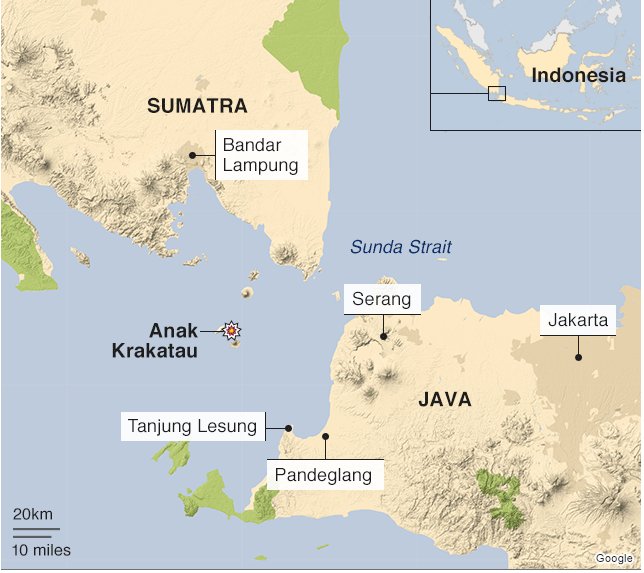
After that eruption Krakatoa was quiet for a few decades but starting in the 1920s the pressure began to build again and a new island, with a new volcano lifted itself out of the water. Named Anak Krakatoa or child of Krakatoa, see image below, the volcano has been growing steadily at a rate of 13 centimeters a week over the last few decades. The continuous activity of Krakatoa, and its potential to generate further natural disasters has alarmed both geologists and the Indonesian government.
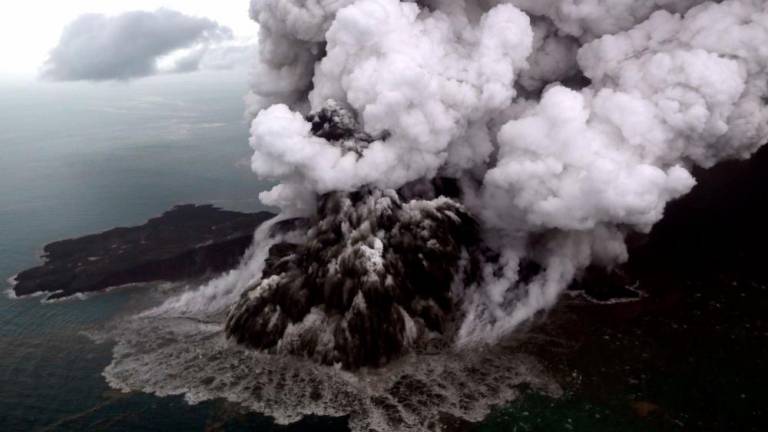
Just this past week the seismic activity of Krakatoa has again proved deadly as new eruptions on the night of 22 December generated a Tsunami wave as high as 5 meters that struck several villages and tourist resorts on the western end of the island of Java. Unlike the Indonesian tsunami of 2004 that killed a quarter of a million people this tsunami does not appear to have been caused by an underwater earthquake but rather by a landslide of part of the volcano into the ocean, see image below.
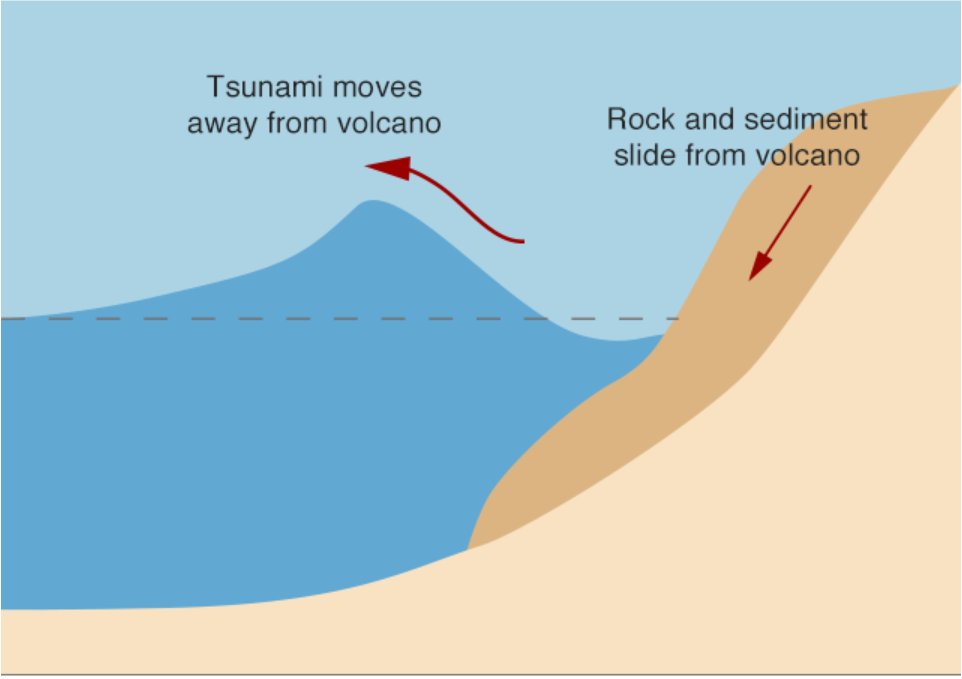
Now you might wonder what difference a landslide makes compares to an earthquake but it turns out that Indonesia’s tsunami warning system is designed to detect earthquakes and missed the landslide completely. Because of this there was absolutely no warning of the waves that have killed at least 400 and wounded several thousand. Another problem is that, since the island formed by Anak Krakatoa is so close to the Java shore even if the tsunami detection system had worked it would have only provided a minute or two of warning to the people in its deadly path.
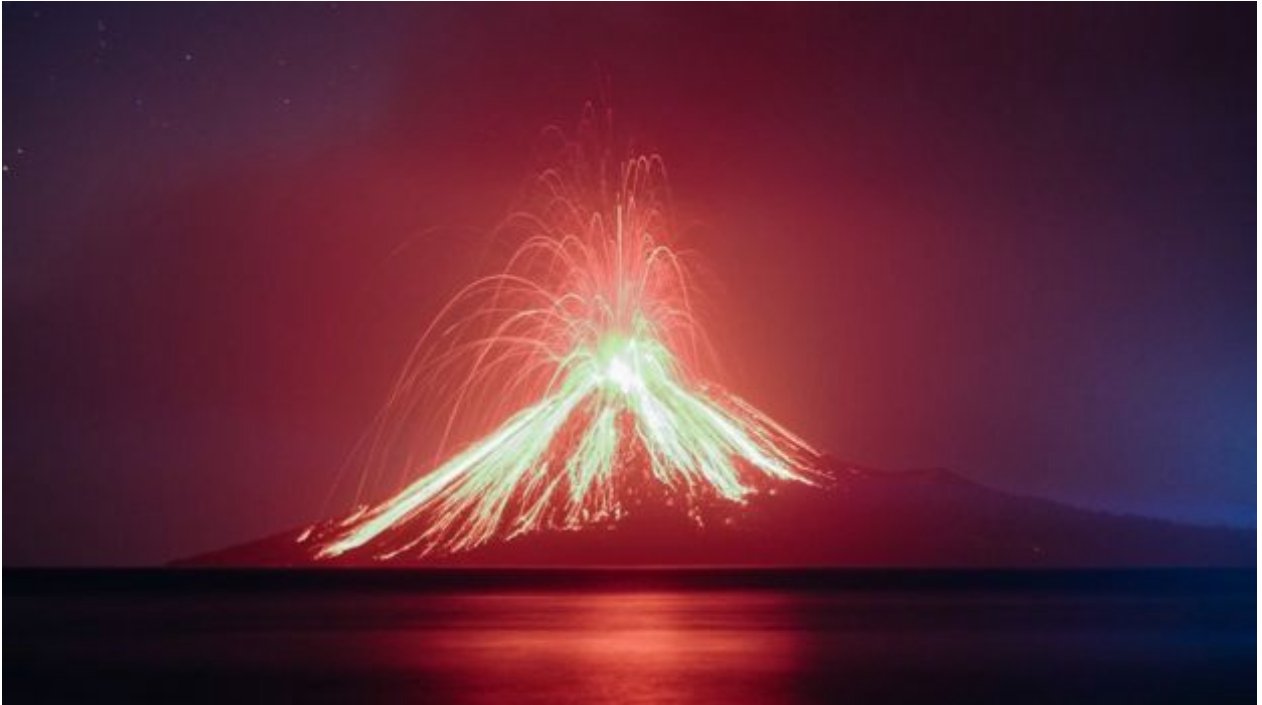
The recent seismic activity by the Krakatoa volcano will undoubtedly continue, indeed it is very likely to intensify rather than decline. Because of that the deadly eruptions of this past week are certain to have sequels. The people of Indonesia know very well of dangers that come with living in the most geologically active country on Earth. They can only hope that better detection systems based upon more a more comprehensive understanding of the mechanisms of volcanism will allow them to live safer lives in the shadow of Krakatoa.

